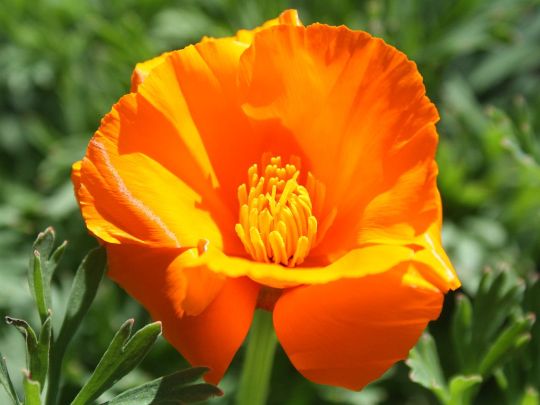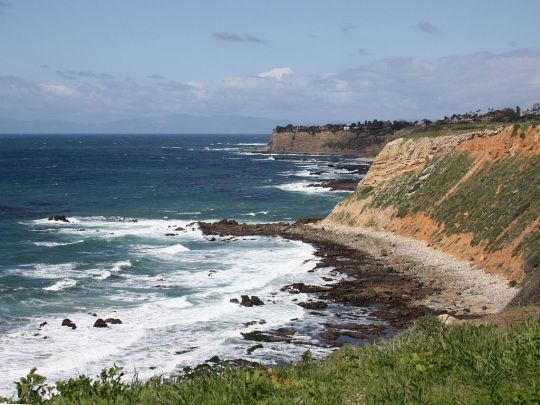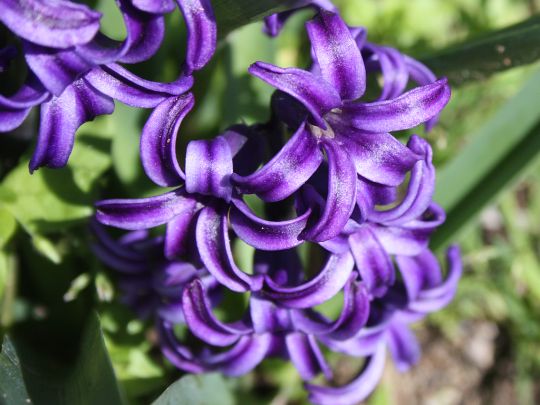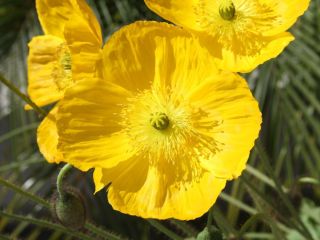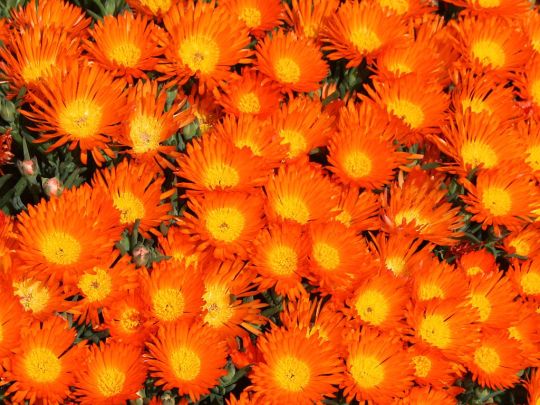I found this panoramic image in the photo archives this morning . . .
During our visit to Joshua Tree National Park last year, we took the short drive from the main road to a place called Keys View. From that point, you can see the Coachella Valley and the Palm Springs area five thousand feet (1525 meters) below. You can also see the San Andreas Fault which has been the cause of many Earthquakes in California, including the 1906 San Francisco earthquake.
Although it is difficult to see through the haze, the Salton Sea is visible at the left and Banning Pass on the right. A spectacular view to be sure.
As I looked through the photo album this morning, I had the urge to book a trip to escape the cabin fever. Maybe soon, real soon. Click on the panoramic image above to enlarge.


